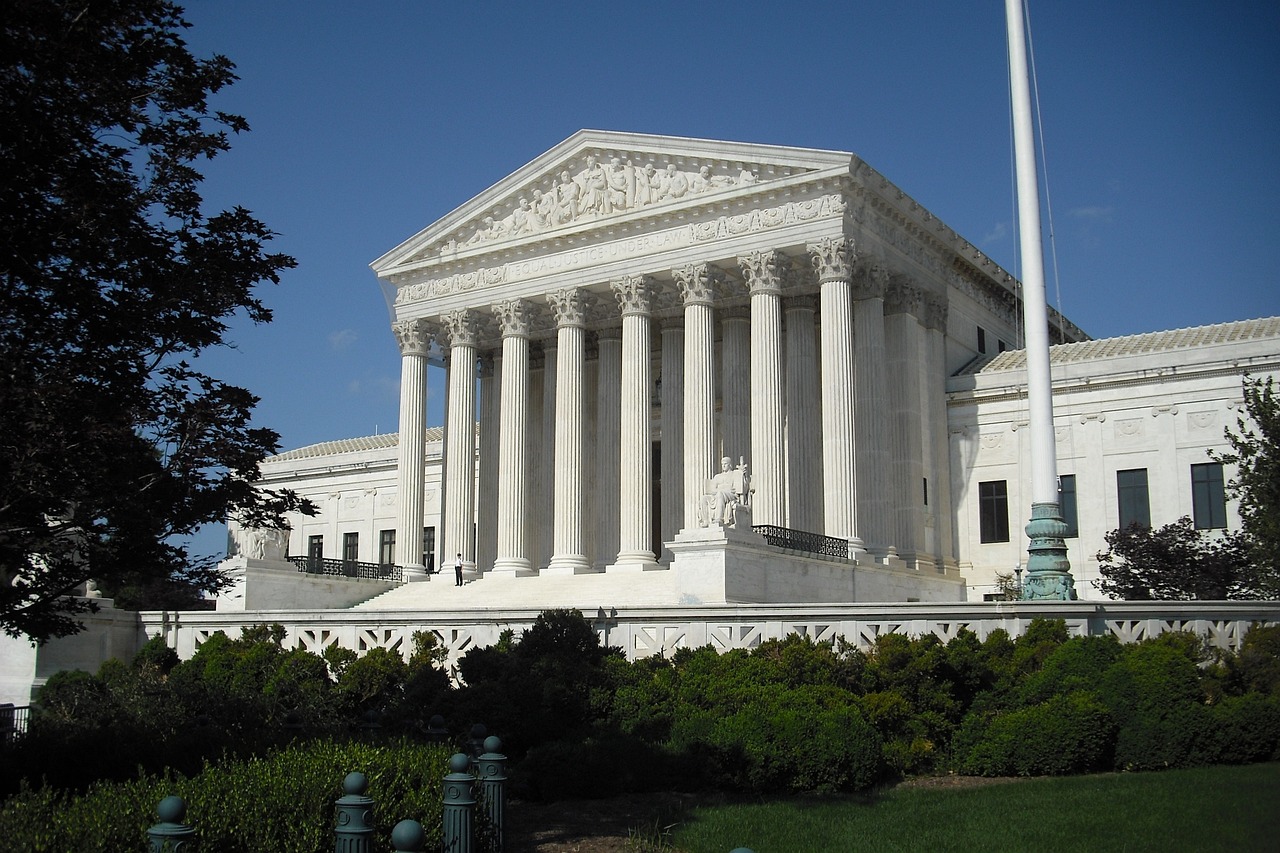The US Supreme Court issued a stay order Wednesday blocking a lower court decision that would have prevented using a newly drawn Louisiana congressional district map that includes two majority black districts in the six-district state.
The court’s order ensures that the map will be used for the 2024 election but leaves open the possibility that it could be thrown out in a future appeal.
Controversy over Louisiana’s congressional map began after the 2020 census when the map was redrawn with only one majority-black district in a state over 30% black and containing six congressional districts. The map that was drawn for the 2022 elections was challenged by black voters and civil rights activists as violating the Voting Rights Act. After a lengthy procedural history in which the map was ruled unconstitutional at the district level before stalling on appeal as the Supreme Court decided a similar case in Alabama, the Court of Appeals for the Fifth Circuit affirmed the district court’s decision and ordered the map redrawn.
Louisiana Governor and Republican Jeff Landry signed off on the newly drawn map that included two majority-black districts in January. Shortly thereafter, a group of white voters sued to have the map thrown out as an unconstitutional racial gerrymander. In April, a three-judge district court panel blocked the map’s use, citing the legislature’s use of race as the predominant basis for the boundaries.
The plaintiffs in the original case, along with the State of Louisiana, responded by asking the Supreme Court to block the lower court’s ruling to prevent voter confusion in the upcoming election. The order itself did not contain any reasoning for issuing the stay. Still, it did cite the case Purcell v. Gonzalez, which created a precedent for allowing the use of challenged maps in the face of a looming election.
The “Purcell Principle,” as it has come to be known, acknowledges the confusion that court orders cause regarding election issues and encourages courts to act in such a way as to mitigate the risk that the voters will be confused by conflicting court orders until the problems are resolved. The principle has been invoked in recent cases concerning unconstitutional congressional maps, including Allen v. Milligan, Moore v. Harper, and the South Carolina State Conference of the NAACP v. Alexander. It has also allowed unconstitutional maps to survive through an election season until the merits of their respective cases could be resolved.
The Supreme Court’s three liberal justices dissented from the stay order, with Justice Jackson writing that Purcell was being misapplied with the election still six months away. For reference, the election that warranted court action in Purcell was only five weeks away. “Rather than wading in now, I would have let the District Court’s remedial process run its course before considering whether our emergency intervention was warranted.”
While the order has cleared up the map issue for the 2024 elections, it is the latest in a series of cases raising questions about whether the Supreme Court should intervene and, if so, when it should intervene in election cases making their way through the federal court system.



